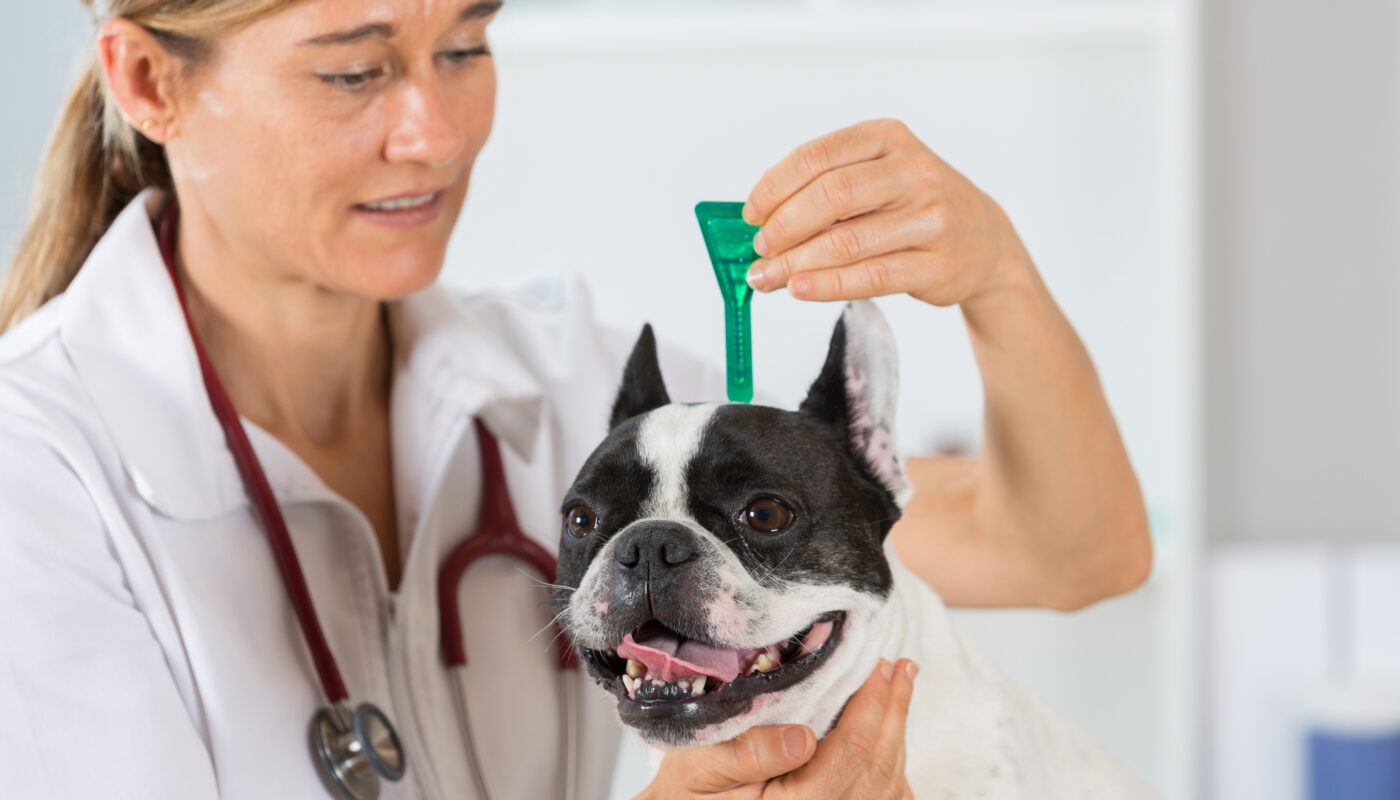Leishmaniasis is a neglected tropical disease caused by protozoan parasites of the genus Leishmania. It is transmitted by the bite of infected female sand flies. The disease is endemic in tropical and subtropical parts of the world. According to the World Health Organization, about 1 million new cases occur worldwide every year. There are currently no vaccines available for leishmaniasis making treatment of existing cases crucial for disease control and management. In this article, we provide an overview of existing treatment options for leishmaniasis.
Drug Therapy
Drug therapy forms the mainstay of Leishmaniasis Treatment. The drugs currently used for treatment include pentavalent antimonials, amphotericin B and miltefosine.
Pentavalent antimonials
Pentavalent antimonials like sodium stibogluconate (Pentostam) and meglumine antimoniate (Glucantime) are considered the first-line treatment for leishmaniasis in most parts of the world. They have been in clinical use since the 1940s and still remain effective against most Leishmania species. These drugs are usually administered by intravenous or intramuscular injections for 20 days. Common side effects include swelling, indigestion, increases in liver enzymes and cardiac arrhythmias. Resistance is an emerging issue.
Amphotericin B
Amphotericin B is a polyene antifungal drug administered intravenously either in its conventional formulation or as lipid formulations like liposomal amphotericin B. It is the second-line drug of choice when antimony treatment fails or cannot be tolerated. It has excellent efficacy but is associated with significant infusion-related toxicities like fever, chills, headache, nausea etc. Close monitoring is required during therapy.
Miltefosine
Miltefosine is an oral drug approved for the treatment of visceral leishmaniasis. It is well-tolerated with minimal side effects. Given its oral route of administration, it has the potential to improve patient adherence compared to other parenteral drugs. However, it is teratogenic and hence contraindicated in pregnant women and those intending to conceive within 1 month of treatment completion. Treatment duration is 4 weeks.
Alternative Treatment Options
Along with these mainstream drugs, some alternative treatment approaches are also being explored:
combination therapies
Combination therapies using two or more drugs aim to improve efficacy, prevent emergence of resistance and reduce treatment duration. Preliminary studies have shown promising results with combinations of amphotericin B and miltefosine, paromomycin and miltefosine etc. However, more evidence from randomized controlled trials is still needed before they can be recommended for routine use.
Therapeutic Leishmania vaccines
Vaccines against leishmaniasis hold great promise for disease control especially in endemic regions. Though no licensed vaccine is available as of now, some candidate vaccines have shown partial protection in clinical trials. Researchers are still working on developing affordable and highly effective vaccines.
Photodynamic therapy
This experimental approach uses photosensitizing dyes activated by light to inactivate Leishmania parasites. Further studies are ongoing to evaluate its safety and efficacy as a localized treatment method.
Herbal and Natural Remedies
Some traditional herbal medicines have shown leishmanicidal activity in pre-clinical studies. However, their clinical effectiveness and safety are yet to be conclusively proven through well-designed trials before they can be recommended for treatment. More research is still warranted to discover promising herbal candidates.
Resistance and Future Perspectives
Growing resistance to existing drugs especially antimonials poses a major treatment challenge in many regions. There is an urgent need for novel drugs with new mechanisms of action. Some drug candidates in clinical trials include the oral drug sitamaquine, the diamidine DB829 and the nitroimidazole fexinidazole. Alternative delivery methods of established drugs like inhaled pentamidine are also areas of active investigation. Overall, successful treatment of leishmaniasis will depend on continued drug discovery efforts and the development of affordable diagnostic and treatment solutions tailored for resource-limited settings where the disease mainly occurs.



